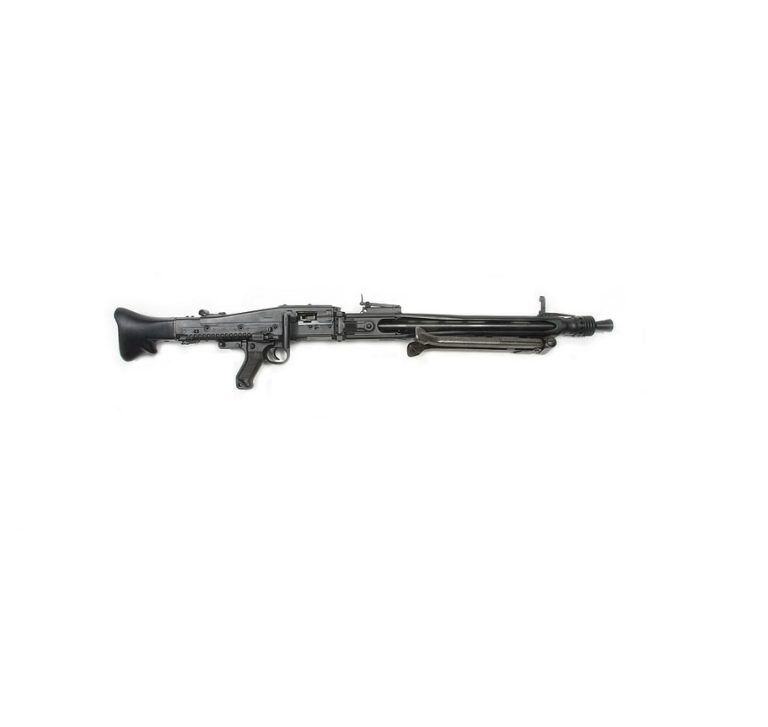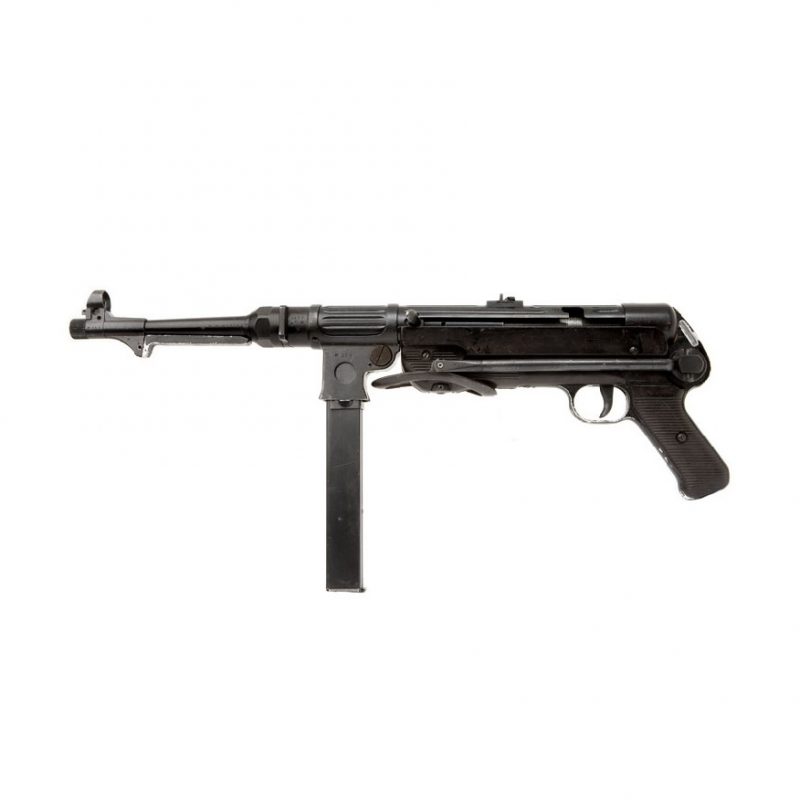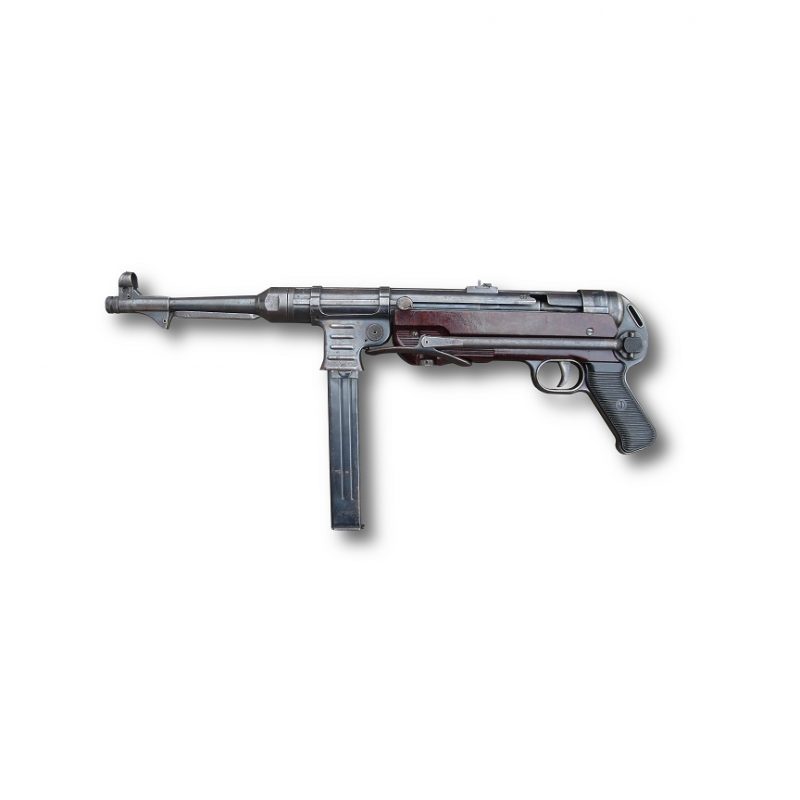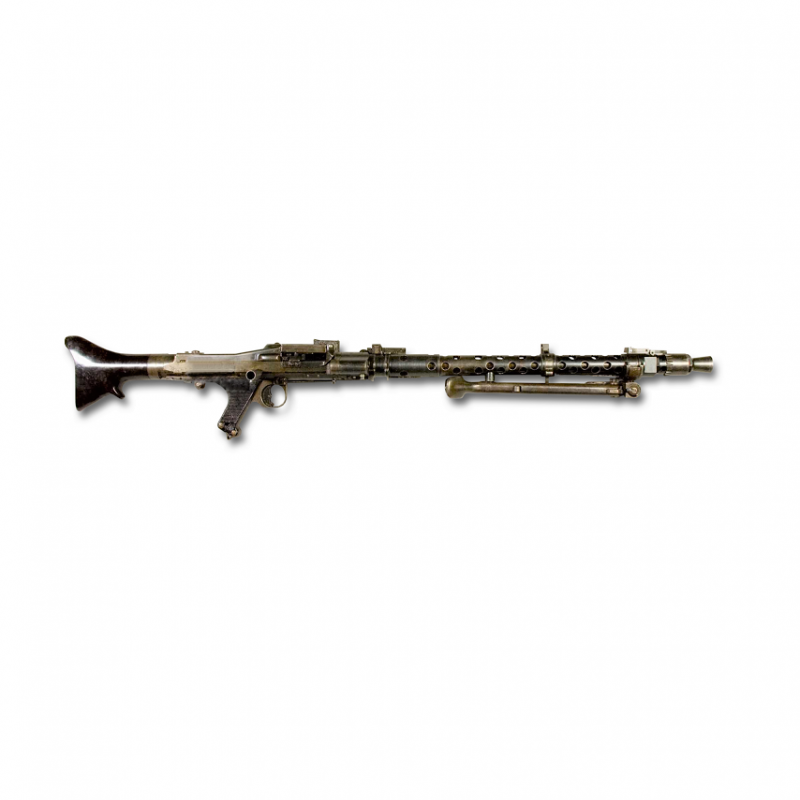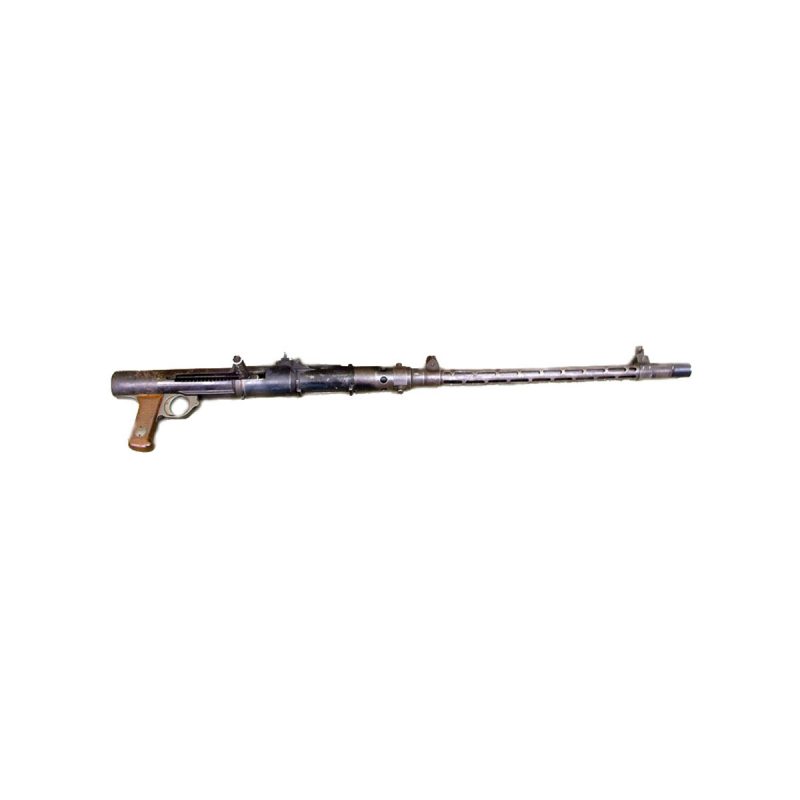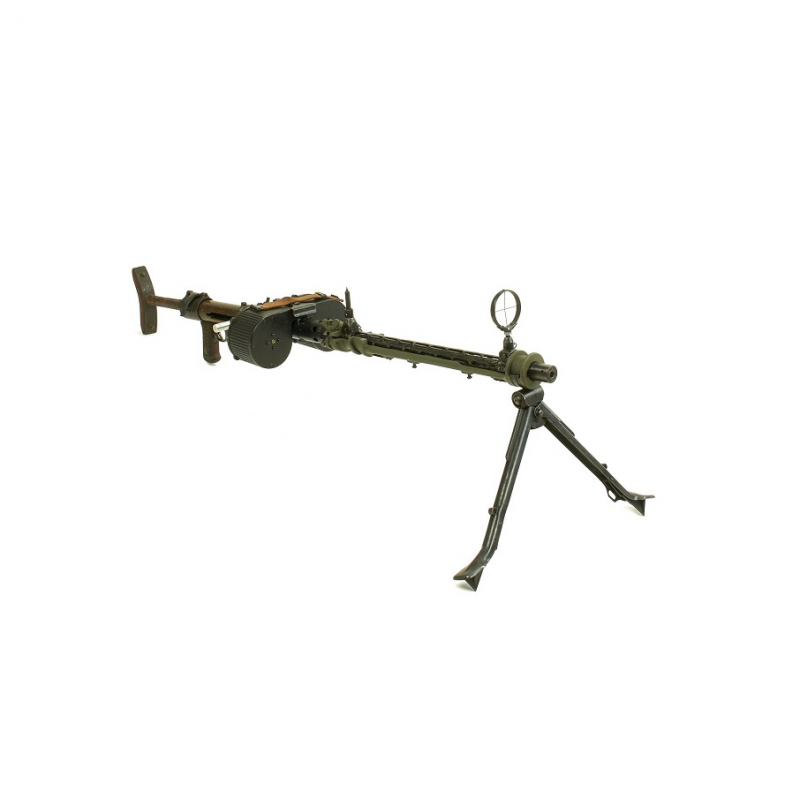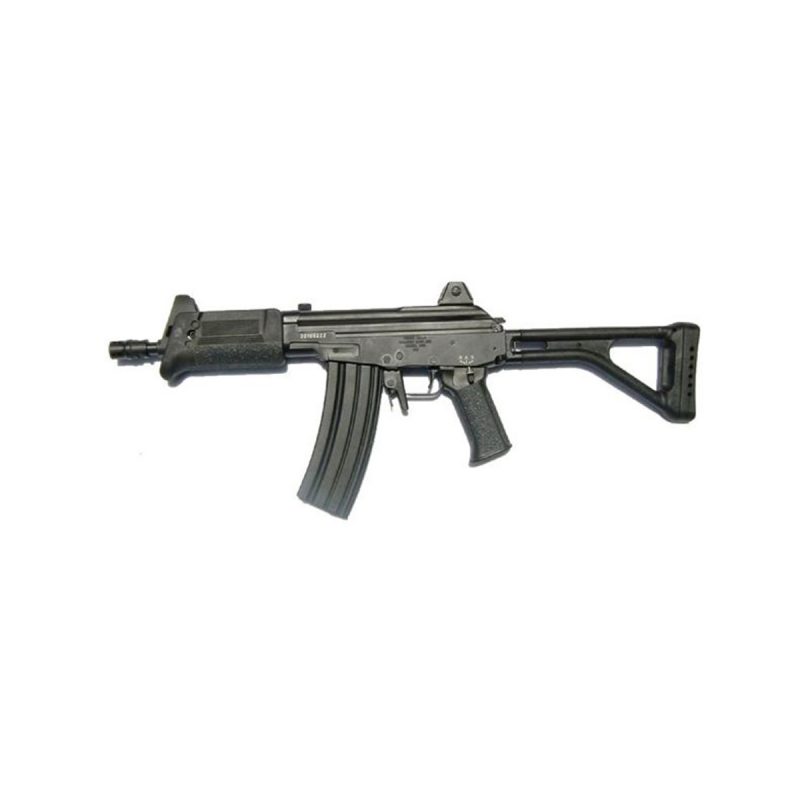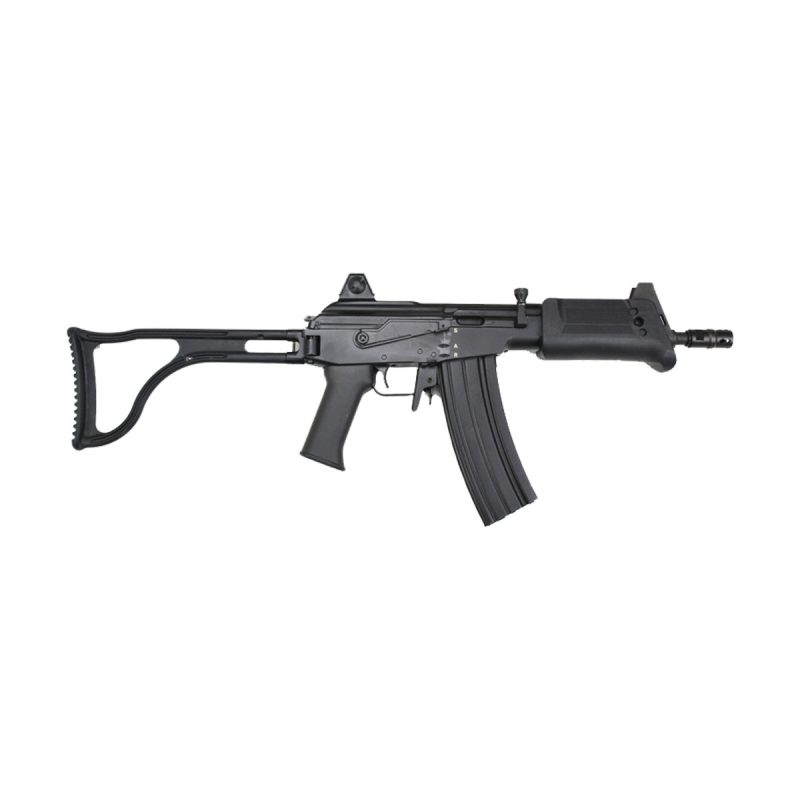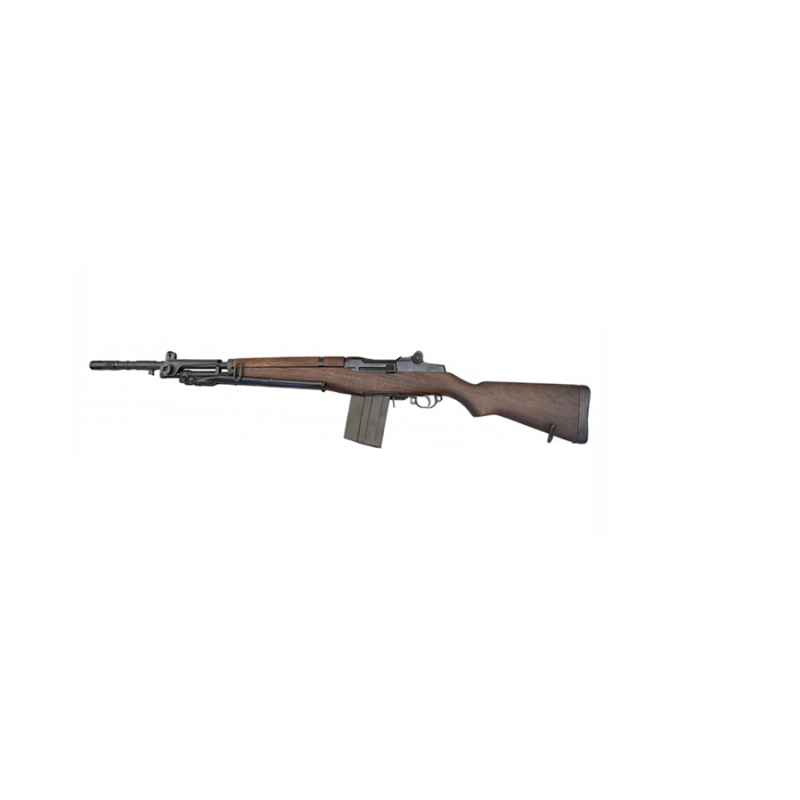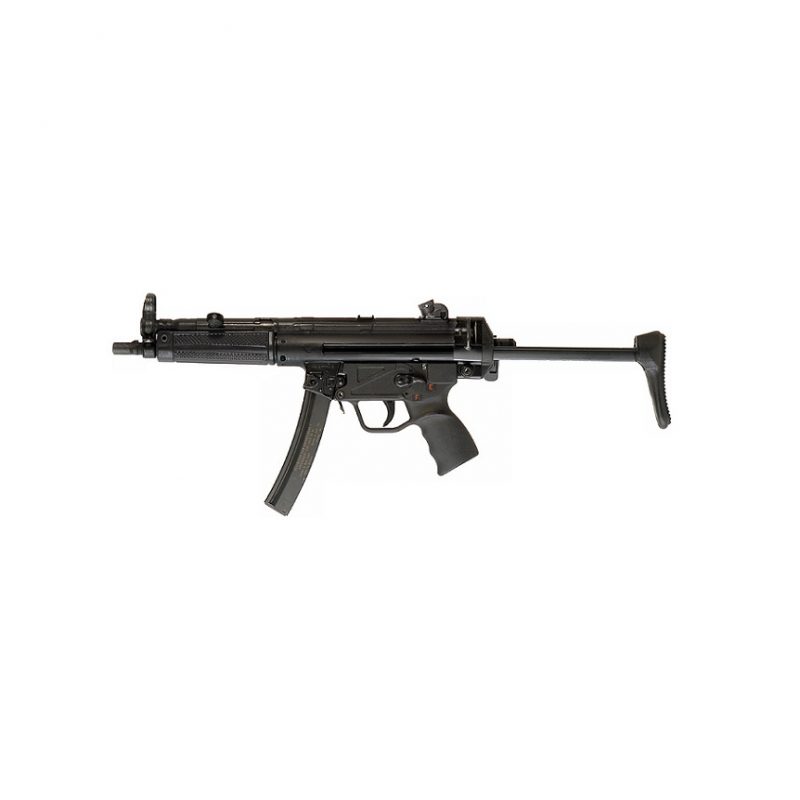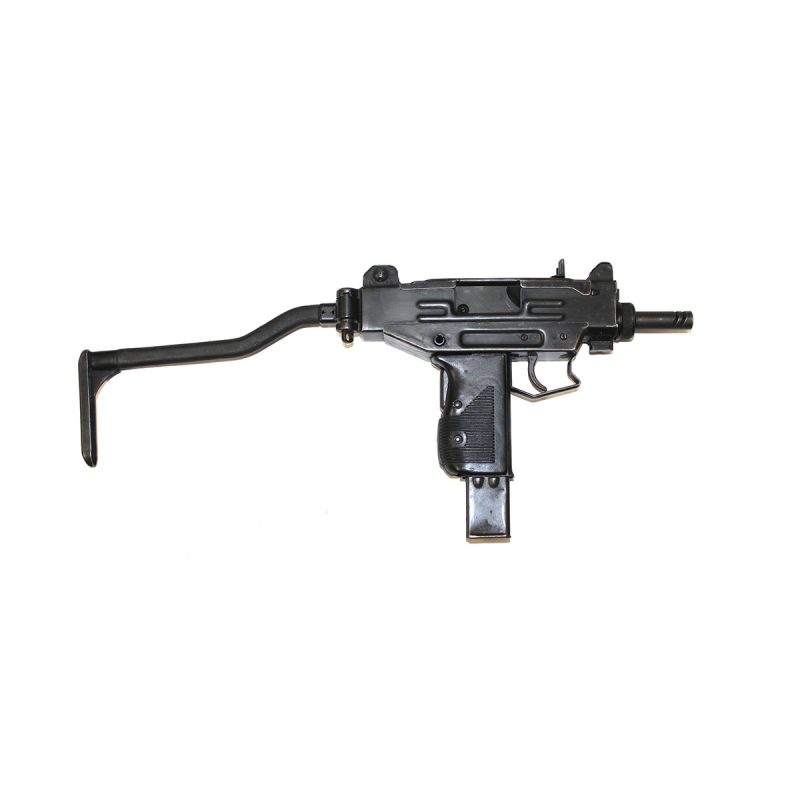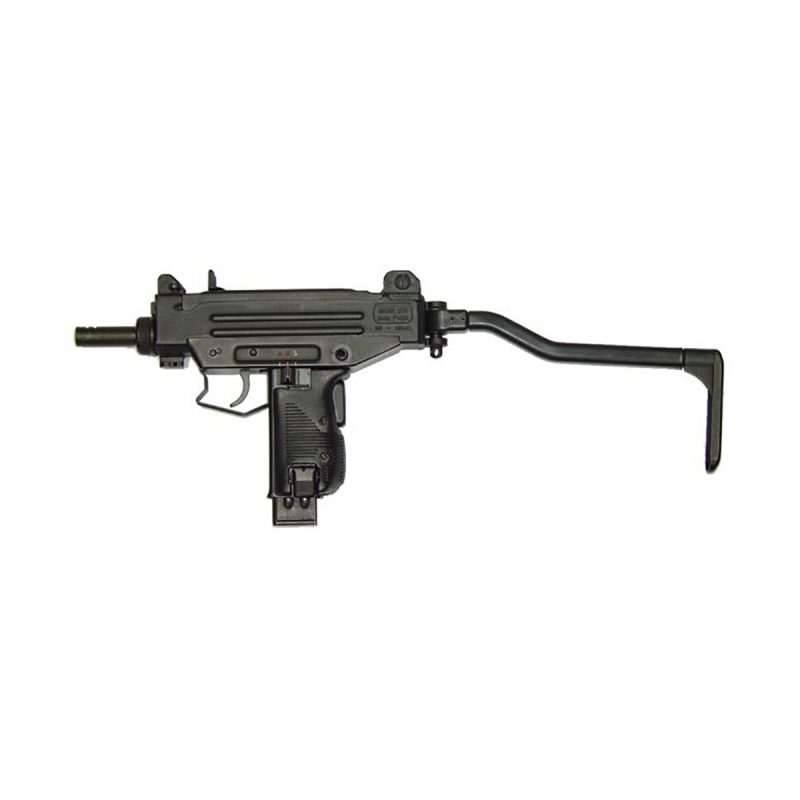Description
The vast majority of ‘mid-war’ weapons tended to be designed to save on materials, production costs and time, the MG 42 was no different. It’s predecessor, the MG 34 was an amazing weapon, unmatched by anything the Allies had and offered an incredible rate of highly accurate suppressive fire.
However, as the war pressed on and Germany found itself fighting on numerous fronts, the German production line was placed under an incredible strain trying to keep up with the relentless demand. The MG 42 helped ease that burden by allowing for a 44% reduction in raw materials and a 50% reduction in production man hours from the MG 34’s 150 hours, down to 75 hours. Another added bonus was that the inclusion of stamped steel in the design (as opposed to fully machined), allowed for a reduction in weight of 0.5 kg. Which to an infantryman already weighted down by heavy equipment, that small saving would have come as a great delight.
The MG 42 was feared by allied troops, not helped by the distinctive nose it made when fired (due to its high rate of fire), which could be heard from miles away.
Like its predecessor, it could be fired from either its fixed bipod, or with the aid of a tripod and optical sight, it could be utilized in a sustained/in-direct fire role. Barrels were also faster to switch out on the 42, than the 34, which tactically resulted in shorter breaks in firing.
Almost half a million MG 42’s were manufactured during the war and after the war ended, it was reproduced in various 7.62 x 51mm NATO formats, from the Bundeswehr’s MG3 to the Austrian MG74, which remain in service globally today.
Designer: Werner Gruner
Designed: 1942
Manufacturer: Mauser Werke AG
Wilhelm-Gustloff-Stiftung
Steyr-Daimler-Puch, Großfuß AG, MAGET
Produced: 1936-1950’s
